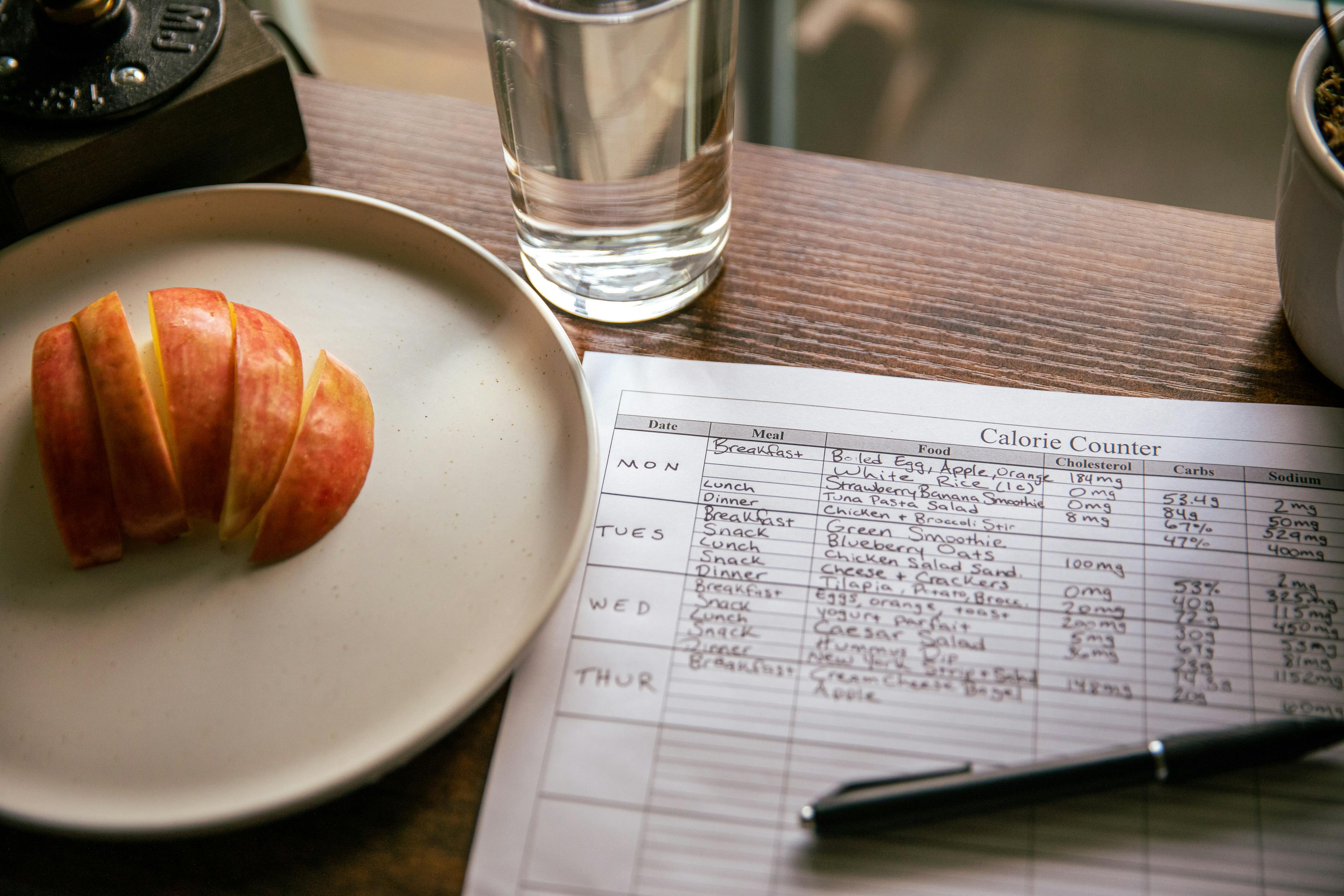A high-protein diet can be very helpful if you need to gain weight, build muscle, or boost your metabolism.
Since many family caregivers do grocery shopping and meal prep, we wanted to highlight some easy ways to add protein to your loved one’s diet.
These recommendations aren’t one-size-fits-all. But we hope they give you an idea of where to start.
What is Protein?
Protein is an essential macronutrient made of amino acids. Eating protein-rich foods supports your cells, assists with hormone production, and contributes to muscle and bone repair. Protein also makes you feel full for longer and boosts energy.
Everyone needs some protein in their diet. But the amount varies, depending on your age, weight, and activity level. To determine your protein intake, use this online protein calculator, or multiply your weight in pounds by 0.36.
What You’ll Need:
All you need to eat more protein is a willingness to try new things at the grocery store. There are plenty of foods you can add to meals and snacks without going over budget. By substituting some of your favorites with the recommendations below, you can ensure you get the protein needed to thrive.
Steps to Eat More Protein
Step 1: Always Eat Protein First
If your doctor has asked you to eat more protein, include protein-rich foods in your meals and snacks. Instead of loading up on sides rich in carbs and starches, focus on the main course first.
For example, consuming fish and meat or legumes, like beans and lentils, will help you feel fuller and more satisfied. Plus, when you eat high-protein foods first, it keeps your blood sugar from spiking, which is great if you have prediabetes or diabetes.
Step 2: Replace Your Favorite Yogurt with Greek Yogurt
Greek yogurt is known for its tangy flavor, but it’s also an excellent source of protein. Just one 7-ounce serving of Greek yogurt provides 17-20 grams of protein –– more than twice the amount of regular yogurt.
Because it's less sweet than regular yogurt, Greek yogurt makes a great substitute for sour cream. And, it contains conjugated linoleic acid (CLA) which can encourage fat loss.
Step 3: Have a Protein Shake for Breakfast
Many people have fruit smoothies for breakfast. These drinks have vitamins and minerals, but very little protein.
You can make smoothies more nutritionally dense by including protein powder or ingredients like peanut butter, almond butter, flaxseeds, or chia seeds.
Try a premade protein shake, like Boost, if you don’t have the energy or mobility to make protein shakes on your own.
Step 4: Top Your Food with Chopped Nuts
Almonds, walnuts, pistachios, and cashews are loaded with protein and other nutrients, like magnesium and fiber. While a handful of nuts make a great snack, they also make excellent toppings.
To increase your protein intake at breakfast, add chopped nuts to Greek yogurt, granola, or oatmeal. For lunch and dinner, try adding chopped nuts to salads or cuts of fish, like salmon.
Don’t go overboard, though. According to Mayo Clinic, “One drawback to nuts is that some may be high in calories, so it's important to limit portions.” As a general rule of thumb, add one or two tablespoons.
Step 5: Buy Larger, Leaner Cuts of Meat
Ground beef has protein, but it also has lots of saturated fat. Try substituting hamburgers and m meatloaf with leaner cuts of beef, like T-bone or sirloin steak. Not only is steak the healthier option, but it also has more iron, magnesium, and selenium which are essential nutrients.
Step 6: Snack on Canned Fish
Do you tend to grab cookies, chips, or crackers when you feel hungry? These snacks can provide a quick energy boost, but they also cause your blood sugar to spike. A protein-rich snack, like canned fish, is more filling and provides more nutrition, including omega-3 fatty acids.
Your body doesn’t make omega-3s, so you need them from food sources. Adding canned tuna to your regular snack rotation is a great way to build muscle, reduce inflammation, and protect your heart.
Add canned fish to salads, sandwiches, or whole-grain crackers if you don’t like eating it alone.
Step 7: Eat More Whole Grains
Whole grains are another healthy way to increase your protein uptake.
Consider that one cup of cooked quinoa contains eight grams of protein. That’s double the amount of a cup of white rice which only contains 4 grams of protein. Other whole grains rich in protein include:
Wild rice
Millet
Buckwheat
Couscous
Whole grains are versatile and easy to prepare. You can eat them alone, as a main course, or add them to dishes like stir fries and salads.
Step 8: Add Tofu to Your Diet
Tofu is a plant-based curd made from soybeans. One half-cup has 21.8 grams of protein!
Tofu is an excellent substitute for red meat. Especially if you have high blood pressure, high cholesterol, or other heart-related health problems. Not only is it less fatty, but it also contains essential nutrients, like manganese, calcium, iron, and vitamin A.
Since tofu absorbs the flavor of whatever it’s cooked with, you can make it very tasty without too much salt or other added seasonings.
Step 9: Eat Eggs for Breakfast
A bowl of cereal might be easy to prepare, but it has very little protein. Oatmeal is somewhat better, but it still only offers about five grams of protein per serving.
Eggs are much more protein dense. In fact, three large eggs have 19 grams of protein, as well as nutrients like folate, vitamin B12, and iodine. Studies have also found a connection between eating eggs and feeling fuller.
Starting the day with scrambled eggs or an omelet can help keep you satisfied until lunchtime.
Step 10: Snack on Cheese and Lean Jerky
We already mentioned that snacks like crackers and chips aren’t filling. So, how can you curb those between-meal cravings? How about cheese and/or lean jerky?
Though it might seem counterintuitive, cheese and lean jerky are nutritious and protein dense. Of course, you don’t want to overdo it, so moderation is key.
Try eating a cheese stick when you’re feeling hungry or having some cheese with apple slices.
When buying jerky, take time to read the label. Lean jerky is grass-fed and doesn’t contain additives like sugar.
How to Eat More Protein - Commonly Asked Questions
1) What foods have the most protein?
There are a variety of foods that contain lots of protein. Try adding the following foods to your diet, if you need to quickly increase your protein intake:
Fish, like salmon, tuna, and halibut
Poultry, like chicken and turkey
Beans
Lentils
Dairy, like cheese, Greek yogurt, and cottage cheese
Eggs
Whole grains, like oatmeal, buckwheat and teff
Talk to your doctor or a registered dietitian if you have unique nutritional needs. They can make personalized recommendations that help you achieve your goals.
2) How much protein should I eat per day?
The amount of protein you should eat each day depends on your age, lifestyle, and health. Generally speaking, you should consume 1.5 grams of protein for every 2 pounds of body weight.
That equates to about 46 grams of protein per day for the average adult woman and about 56 grams of protein per day for the average adult man. These numbers vary if you exercise regularly or are trying to build muscle.
Again, this is a rule of thumb, so it’s important to speak with your doctor or a registered dietitian.
3) Can you eat too much protein?
Yes. It’s possible to eat too much protein. Excessive amounts of protein can increase your risk of health problems, like high cholesterol, heart disease, and kidney disease. Your body can’t store protein, so any that’s left over after supplying energy is converted to fat.
Takeaways
Protein plays an essential role in various bodily processes, so it’s important to eat plenty of it.
By focusing on protein-dense meals, replacing regular yogurt with Greek yogurt, topping salads and cereals with nuts, and replacing fatty meats with leaner ones, you can build muscle and achieve your protein-intake goals.
Adjusting to a new diet takes time and effort, but the results are worth it.
Need Help?
Are you trying to add protein-rich foods to your diet, like Boost shakes, flaxseed, or nut butter? Do you need help making dietary decisions for yourself or a loved one? Don’t wait to get in touch! Our friendly Care Specialists are experts and can make product recommendations or answer questions.
Call (800) 696-CARE or send an email to support@carewell.com. We’re available and want to make your job easier!



